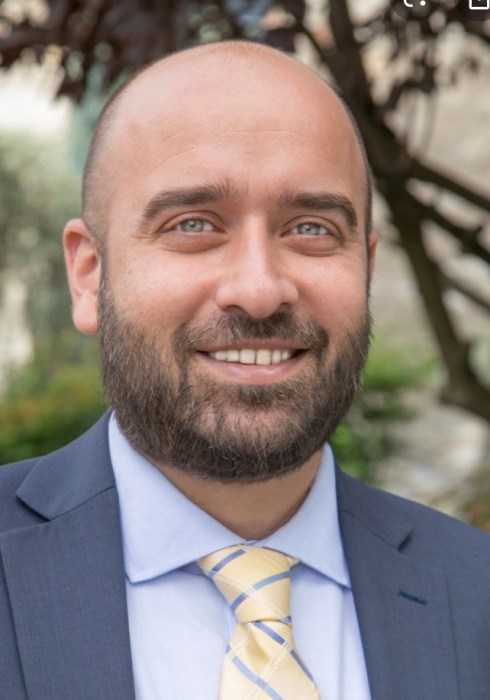When I think of high school, I remember jam-packed hallways, many faces without names and a host of teachers who I would never know and who would never know me. Trust that this kind of anonymity did have its benefit when I wanted to sneak beneath the radar or get away with something. Perhaps, however, being in a big pond did not lend itself to the kind of meaningful relationships and personalized learning that researchers have repeatedly associated with greater success in school and life.
As has been the case for the last twenty years, I work in a small school in a big city. After starting off my career in a large suburban school, the impact of size was very apparent when I made the shift to a small independent school. Anecdotally, I realized that I quickly came to know every student and family and, therefore felt more equipped to begin to address needs and teach to the strengths of my students. If I did not know the research then, I certainly had the qualitative experience to confirm that smaller schools made it easier to teach and learn.
According to the Coalition of Essential Schools, small schools are better at knowing and understanding students. As a result of knowing their learners better, small schools assign more meaningful work and deliver more tailored instruction. This kind of personalization extends beyond the curriculum and the student, as family and community partnerships are stronger as well. It is hard to argue against the benefits of a more personalized and meaningful education.
At Columbia Teachers College, pre-service teachers learn that the more authentic and meaningful the task, the deeper the learning will be. Research from Vanderbilt University’s curriculum expert, Grant Wiggins, demonstrated that if students find assignments relevant, they will see value in it, and thus deepen their learning. Decades of research into motivation have shown time and again that when students feel connected to a teacher and the material, they will do more, go further, try harder, and bounce back better when they hit walls.
It is obviously possible to provide authentic learning experiences and develop and maintain meaningful bonds with students in a large school too. There are large schools all across our country full of teachers doing just that. The case I make for small schools, however, is that all the variables that tilt the landscape in favor of high-quality teaching and improved student achievement are just more readily available in smaller settings.
Research has shown repeatedly that students in small schools have improved outcomes, higher GPAs and test scores, and stronger attendance, retention, and graduation rates. They report feeling safer, a greater sense of belonging, and more supported. Small school parents are more likely to be involved which is also positively correlated with student outcomes. The power of a small school transcends the classroom as children participate in a greater number and variety of extracurriculars and have a more positive self-image.
The Coalition of Small Schools preaches what I felt was inherently true when I first started in a small school. The conditions are ripe for enabling teachers to perform at their best, for students to maximize their learning, and for parents to be essential players in the educational ecosystem of their children. Having been exclusively in small schools for two decades and the parent of two children who attend small schools, I see the impact and importance of school size daily.

*Christopher Herman is Head of School at Garden School, a Nursery to Grade 12 Independent School in New York City. He is a graduate of the University of Pennsylvania’s School Leadership Program and former adjunct faculty at St. Joseph’s University in Philadelphia. He writes and speaks often on topics relevant to education.





































